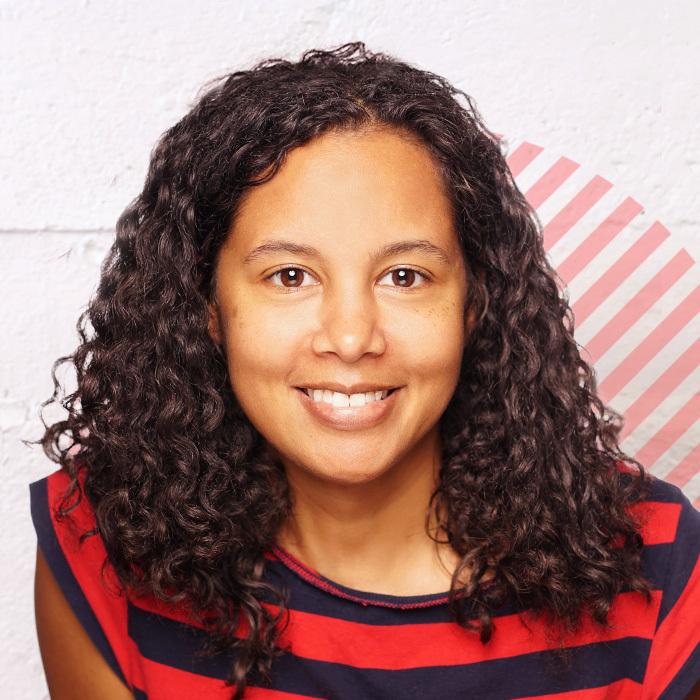How to Develop Your Diversity and Inclusion Goals
Many leaders in business are now aware that having a diverse and inclusive workplace is important for creating a sense of belonging for employees. But with all the information out there about how diversity and inclusion may show up in your workplace goals, it can be overwhelming to figure out what makes sense for your organization. Here are three ways you can start developing your diversity and inclusion goals.
Define Your Values
There are myriad ways to think about diversity and inclusion. A way to focus those thoughts is to think about what your organization cares about. By coming up with a specific value definition for diversity and inclusion, you will be able to check the goals you develop back to your definitions to ensure they align. For example, if your diversity value is “to celebrate differences among people and increase the presence of those differences in a group or collective context,” you can develop each goal with this definition in mind. For starters, check out our resource for definitions of diversity, equity and inclusion terms.
Gather Input from Multiple Experiences And Voices
The great thing about diversity and inclusion is that it creates better outcomes. Why? Because when you get input from a variety of perspectives, you are able to draw on numerous experiences to create goals that are relevant to a larger group of people. This is especially important as you get started because having that support will make it that much easier to execute your goals. To solicit feedback, you can try some of the following:
- If you have Employee Resource Groups (ERGs), set up a roundtable to understand what is important to those members.
- Send out a survey to employees asking for their top diversity and inclusion goals.
- Ask for volunteers to be part of a task force on defining goals; check for diversity in identities, job levels, seniority, departments, etc. to make sure you’re getting different perspectives.
Think Short and Long Term
Your diversity and inclusion goals should be meaningful for where you are currently as an organization. You should also acknowledge that over time, your goals may shift – perhaps due to meeting goals that create new challenges.
When creating your goals, consider starting with five or 10 years from now and working your way backward for what you need to do now to get there. If we take the sample from above about celebrating differences among people and increasing the presence of those differences, you may have a long-term goal of mirroring census data for your organization. In the short term, that may mean focusing on attracting and retaining folks from specifically underrepresented groups within your organization to get there. But over time, which groups you focus on may change.
DEI Resources and Strategies
For more information on putting together your diversity and inclusion goals, check out this Paradigm resource on developing and executing against data-driven DEI strategies for your organization. Is there something I didn’t mention that worked well for your organization? Contact me on LinkedIn to let me know!
December 27, 2022

 Our website uses cookies to distinguish you from other users of our website. This helps us to provide you with a good experience when you browse our website and also allows us to
improve our site. By continuing to browse our website, you’re agreeing to our use of cookies. For more information, please read our
Our website uses cookies to distinguish you from other users of our website. This helps us to provide you with a good experience when you browse our website and also allows us to
improve our site. By continuing to browse our website, you’re agreeing to our use of cookies. For more information, please read our
